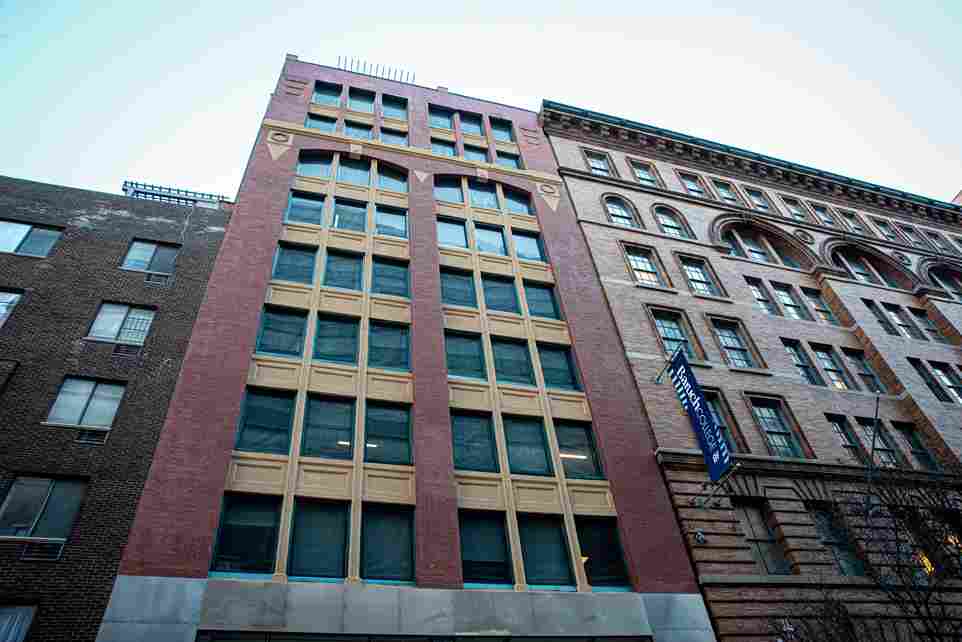According to Law 11 in New York City, building owners must check the outside of their construction every five years. This restriction lets the building and the people around it feel safe. It ensures the good condition of structures and reduces the possibility of things collapsing on people when they are walking past. To comply with Local Law 11, it is essential to confirm that your structure has been free from any flaws in its construction. This guide below will explain more about what is local law 11 and how to comply with it.
Overview of What Local Law 11
New York City’s Local Law 11 states that homeowners must maintain their houses in excellent form and safety. It advises routinely looking at the outside walls and other house elements. This regulation was created to ensure everyone’s safety by informing people about probable hazards. This includes objects that can fall and injure those strolling on the pavement or in the vicinity. Building owners have to hire experts to examine their constructions closely. This will ensure that they are following guidelines every five years.
What is the Main Purpose of This L aw?
Building surfaces or open materials puts people at significant risk due to Local Law 11 was introduced. Broken buildings or accidents should not injure anyone on the path, renters, or neighbours. This regulation main purpose is to safeguard them. Regular outside-of-building inspections help to keep people safe, thus reducing the danger of mishaps and fatalities. The law seeks to prevent adverse events resulting from carelessness or normal wear and tear before they start.
Following Local law 11 in New York is primarily the responsibility of building owners. Every five years, someone qualified for the task has to check their homes and remedy anything that requires it. Additionally, the property manager might be in charge of verifying things and ensuring repairs are all complete up. Sometimes, a building owner hires outside assistance, but they must still follow the law and maintain everyone’s safety.
Rule of Inspecting a Building Under Local Law 11
Inspection of the building is perform every five years by Law 11. Part of the inspection includes an in-depth inspection of the windows, parapets, outside walls, and other potentially problematic separating sections. Laws ensure that likely hazards are discovered before they materialize. During construction, there is a high chance that you will encounter issues such as loose bricks or fractures. Due to the abundance of inspections, all such corrections can be resolved on time.
What Areas of a Building Are Inspected Under Local Law 11?
Façade and Exterior Walls
Under Law 11, the front and outside walls of the house are most significant. Checkers examine this to see whether the surfaces hold strength. They search for potentially dangerous items, including cracks in walls, loose ceilings, or items breaking apart. They also inspect the general state of the walls and any damage that can cause objects to fall. People and vehicles should remain safe and entire as they shouldn’t sustain damage on the surface.
Windows and Window Frames
Local law 11 in Manhattan states that one must also check the windows since they are critical. By looking at the window frames and panes, checkers ensure their strong connection to the building. There are high chances of being unsafe if there are cracks in glass, frames, or the window cover. This is crucial in tall structures where things can fall due to weariness over time. During the inspection, the inspection of windows’ safety ensure that they are secure, reducing any hazards.
Balconies and Parapets
Guardrails and platforms are constantly check for safety as they are outside and break if not maintained. Building inspectors search for weak areas, cracks, or pieces that can cause objects to fall or endanger persons below. These areas should be especially cautious since they are easily accessible to the people and significantly contribute to the outside security of the building.
Fire Escapes and Other Exterior Components
Local law 11 projects in New York also states that outside areas, including fire escapes and other exits, should be routinely inspected to ensure they are safe and ready to use in an emergency. Inspection is also perform for the air units, lines extending from the building, and other elements. This ensures that they are safe and do not compromise the structural integrity of the building or anyone else.
Things to do If a Building Owner Fails to Comply with Local Law 11
Ignoring Local Law 11 could lead someone to a lot of problems. Ignoring the guidelines could result in fines, incarceration, or even aggravate circumstances for other people. If some people neglect to do their checks on time or fix things, the government can impose heavy fines. A building owner might also have to deal with more attention and safety concerns. This could put people at actual risk and devaluate their houses.
Indeed, failing local law 11 projects in Manhattan might lead to unfortunate events. Building owners who neglect repairs or fail to conduct schedule checks may be liable for fines. Hence, if you often violate the rule, the penalties could mount up. Laws state that one can get warning to visit court in addition to fees. People who disobey the guidelines are more prone to make mistakes.
How Long Does It Take to Complete an Inspection?
No matter how big or complex the building is, a Local Law 11 inspection can last long. A study of a small building might only take a few hours. If the building is big or complex, it could take several days. Some people use ladders and unique records to get to the outside walls, windows, and other building parts that are being checked. The check may not take long. However, reviewing and reporting the results can take longer for the fixes to be accepted and set in stone.
They must be qualified and know how to accomplish certain things to take the Local Law 11 test. Most of the time, an inspector should be a qualified engineer or builder who has previously worked with building facades and structural inspections. They should know the city’s building laws. Plus, they also recognize items like cracks, loose pieces, or buildings that aren’t stable that could be unsafe. These criteria ensure that the review is complete and correct, showing the actual state of the structure and if it is lawful.
FAQs
-
How do building owners prepare for inspections?
Owners should be able to check out the outside of the building before the owner sets up an inspection. They should also look over earlier inspection reports to remedy any faults that are still there.
-
What happens if repairs are required after an inspection?
Building owners must plan repairs and ensure they are done by the necessary date to keep everyone safe and avoid fines.
-
Can a building owner delay repairs under Local Law 11?
You will be penalized if you put the repair things on any more delay. However, the building owner might ask for more time if the fixes are complex or take longer than intended.
-
What is the cost of complying with Local Law 11?
The price is variable for each building because it relies on its age, size, and state. Usually, it covers the expense of scaffolding, inspections, and repairs—if necessary.
-
How does Local Law 11 affect condo and co-op buildings?
Local law 11 on condo and co-op structures mandates specific guidelines. The building group, managers, and every unit owner mostly pay their portion of maintenance and inspections.
Hire BDB Enterprise: Your Trusted Partner for Reliable Services
At BDB Enterprise, we are committed to delivering top-tier solutions tailored to your needs. Whether you’re looking for innovative business strategies, efficient project management, or reliable technical support, our expert team ensures that your objectives are met with precision and dedication. Trust us to take your business to the next level with our comprehensive services that prioritize quality, efficiency, and customer satisfaction.

